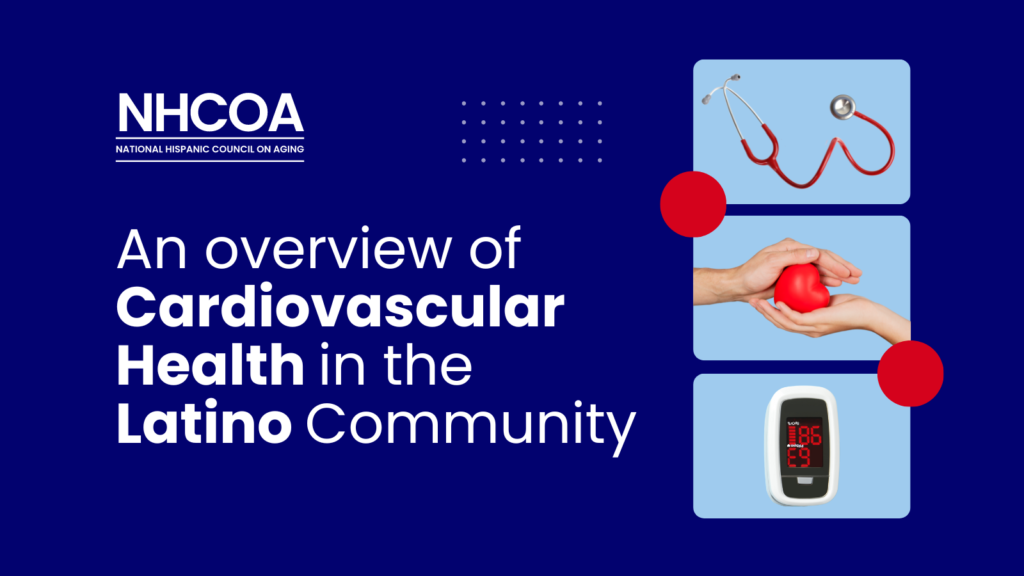
According to the Centers for Disease Control and Prevention (CDC), heart disease is the leading cause of death in both men and women in the United States and is the second leading cause of death for Latinos specifically. According to a study published by the National Institute of Health (NIH) in October 2022, 42.7% of Latinas and 52.3% of Latinos suffer from cardiovascular disease. Of these cases, only 40% of Latinas and 16% of Latinos seek treatment.
Latinos are one of the largest and fastest-growing ethnic communities in the US, and they have a higher burden of risk factors for cardiovascular disease, such as obesity, high blood pressure, and type 2 diabetes. Risk factors include limited access to health insurance and quality health care, two things that most US citizens would consider necessities. This limited access is considered to be a systemic issue, conditioned by the level of family income, education levels, poor access to information and, therefore, lack of trust in the health system.
When talking about the high levels of cardiovascular diseases in the Latino population, we must also discuss the diet and eating habits characteristic of Latino communities and how they affect their health. There is an evident difference in the dietary behaviors of US-born Latinos and Latino immigrants. CDC research confirms that US-born Latinos suffer 30% more obesity than immigrants, 40% more high blood pressure, 72% more tobacco use, 89% more heart disease, and 93% more cancer.
It should also be noted that the low economic status of Latinos in the United States tends to be associated with worse health compared to non-Latino whites in the United States. Yet in broad terms, studies show that Latinos have lower cardiovascular mortality rates than non-Latino whites in the United States. This is known as the Latino paradox.
Knowing the depth behind the rates of cardiovascular diseases is important, these statistics represent larger systemic issues faced by Latino communities. However, it is just as important to raise awareness and take action for the well-being and health of yourself and your loved ones. There are actions and habits that can be adopted in our daily routine and diet to reduce the risk of cardiovascular problems. Good changes to make include quitting tobacco, eating less processed foods and saturated fats, exercising more, and seeing a doctor regularly to maintain control of diabetes and blood pressure.
These are good steps to take in limiting your risk, but you should also be prepared if any symptoms arise or if you know you live with certain risk factors for cardiovascular problems. Here are some questions you can ask your doctor to help you get the medical care you may need:
● Do I have a heart problem?
● What could be the cause of my heart problem?
● What treatments do I need? What are the side effects?
● What should I do if my symptoms get worse fast?
● What can I do to prevent it from getting worse or from having a heart problem again?
● Should I change my diet? What changes do you recommend?
● How will this affect my daily activities such as working or taking care of my children or grandchildren?
● What can I do to reduce stress and worry?
● How often do I need to come in for a doctor’s visit?
References:
https://www.piedmont.org/media/file/PHI-Latino-Americans-And-Heart-Disease-Spanish.pdf
https://www.diariolasamericas.com/bienestar/los-hispanos-y-el-corazon-n4234502

Recent Comments